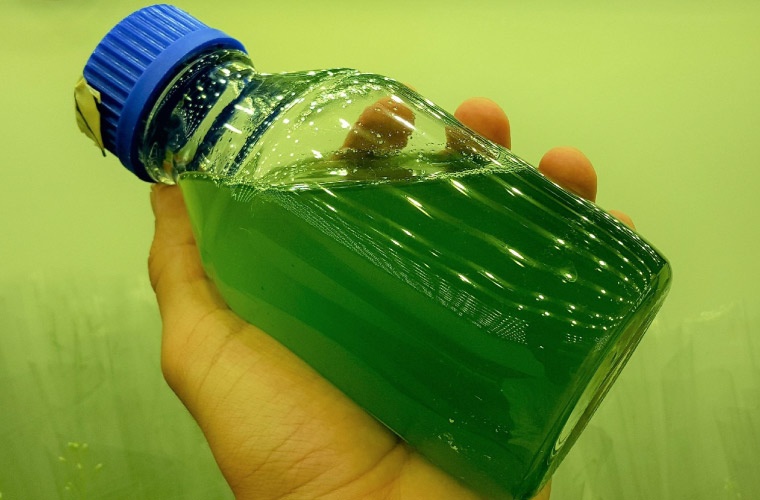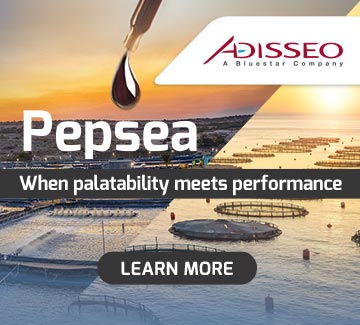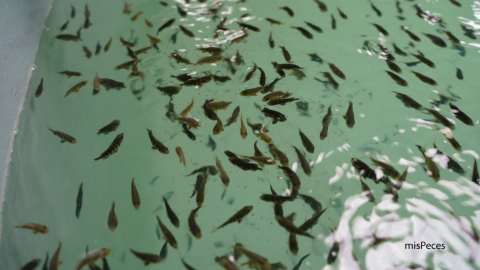
A team of researchers from the Universities of Málaga and Almería, in Spain, has demonstrated the effectiveness of a stepwise biotechnological process in increasing the bioavailability of nutrients in algal biomass blends used in aquafeeds. The study, recently published in Animal Feed Science and Technology, explores the combined use of enzymatic hydrolysis and microbial fermentation to improve the nutritional profile of these ingredients.
The researchers focused on a blend of five widely used microalgae and one seaweed species in aquaculture -Arthrospira sp, Cholorella sp, Microchloropsis sp, Tisochrysis sp, and Ulva sp- evaluating their digestibility for the grey mullet (Chelon labrosus), an omnivorous species of growing commercial interest.
The most successful approach was a two-stage treatment involving a five-hour enzymatic hydrolysis using carbohydrases and proteases at a 4:1 ratio, followed by a 36-hour microbial fermentation using Saccharomyces cerevisiae and Bacillus subtilis. This method achieved the highest values across all measured parameters.
The author noted that “the biotechnological sequential treatment-consisting of enzymatic hydrolysis followed by microbial fermentation-was the most effective in enhancing the availability of valuable nutrients such as reducing sugars, amino acids and polyphenols.
The treatment led to a significant release of amino acids, reaching 78 mg of L-leucine equivalents per 100 grams of protein-a substantial increase compared to the untreated control group, which recorded just 14 mg. In terms of polyphenols, the sequential process yielded 460 mg of tannic acid equivalents per 100 grams of biomass, quadrupling the original content.
Protein breakdown was also markedly improved, with a protein degradation coefficient of 96.72%, compared to 21.22% in the control. These improvements in protein accessibility were confirmed through in vitro digestion test using digestive enzymes derived from Chelon labrosus.
Although some extracts exhibited cytotoxicity at high concentrations, the researchers clarified that “at low concentrations (<1 mg/mL) no toxic effects were observed, and in some cases a growth-promoting effect was even detected.”
Taken together, the findings highlight the potential of sequential biotechnological treatments to not only improve the digestibility of algal nutrients but also to enhance their functional value-a promising advance for the development of more efficient and sustainable aquafeeds, particularly for omnivorous species such as the grey mullet.
Reference:
García-Márquez, J., Morcillo-Guillén, A., Álvarez-Torres, D., Galafat, A., Moriñigo, M.A., Abdala-Díaz, R.T., Béjar, J., Vizcaíno, A.J., Alarcón-López, F.J. (2025). Biotechnological approaches to enhance nutrient bio-accessibility from algal biomasses: A comparative study of enzymatic hydrolysis and microbial fermentation. Animal Feed Science and Technology. https://doi.org/10.1016/j.anifeedsci.2025.116352


